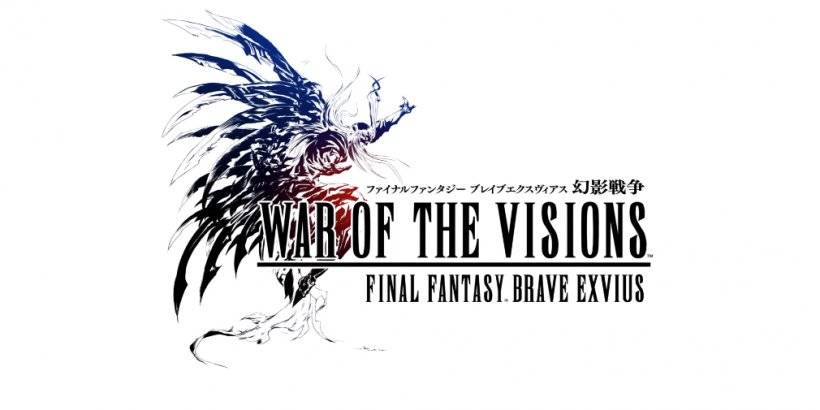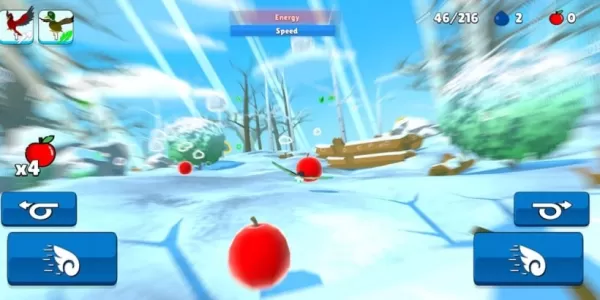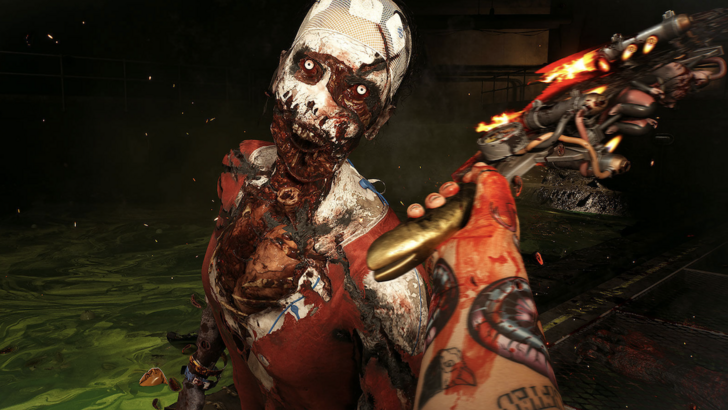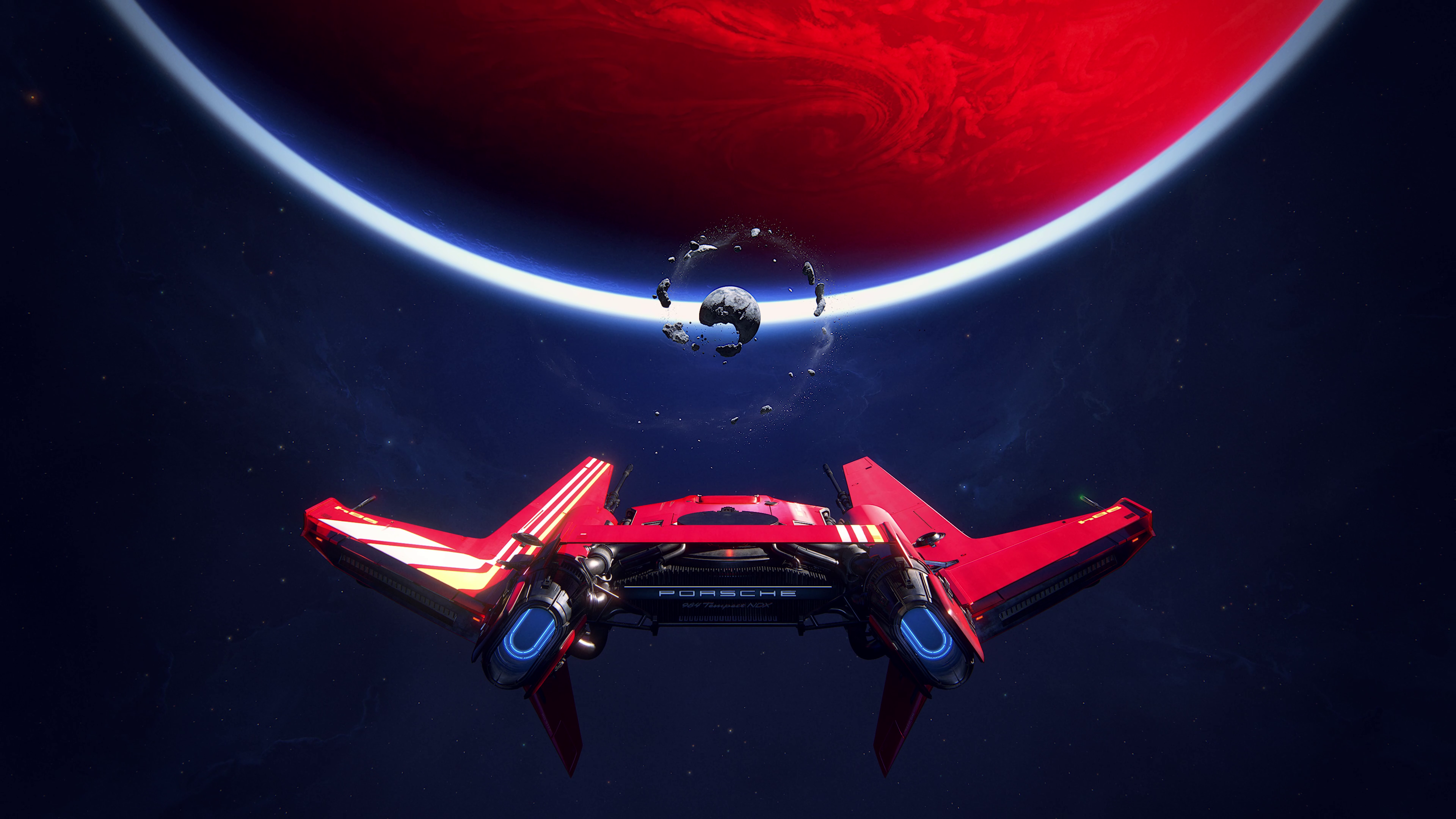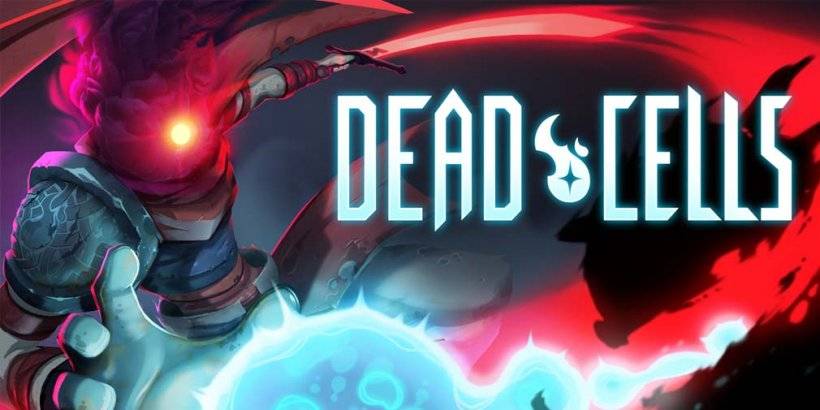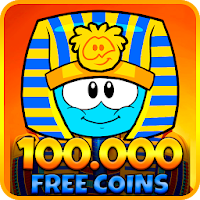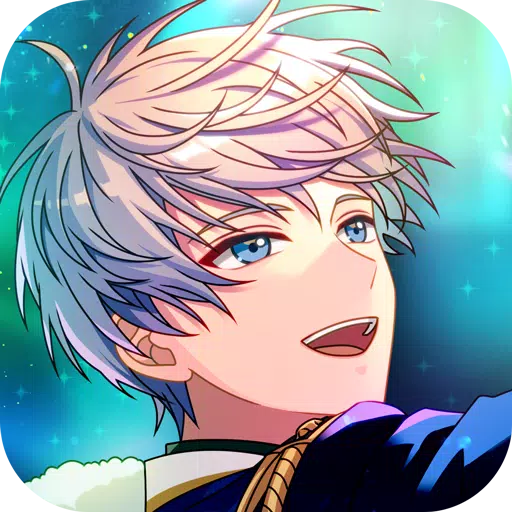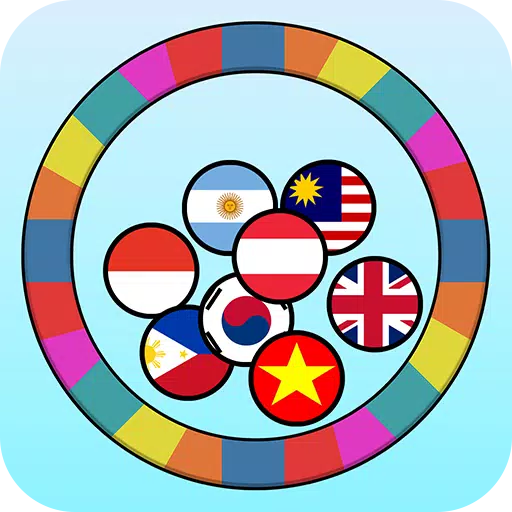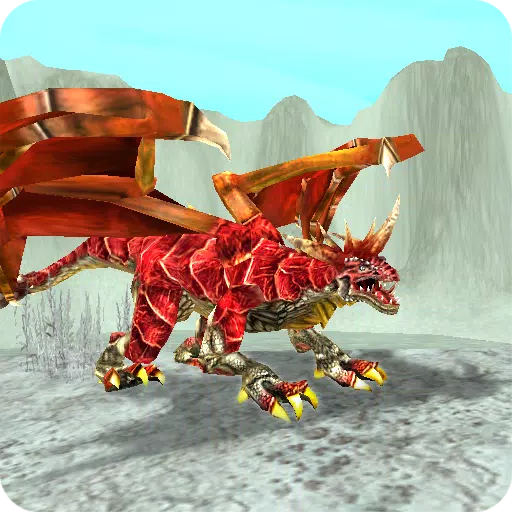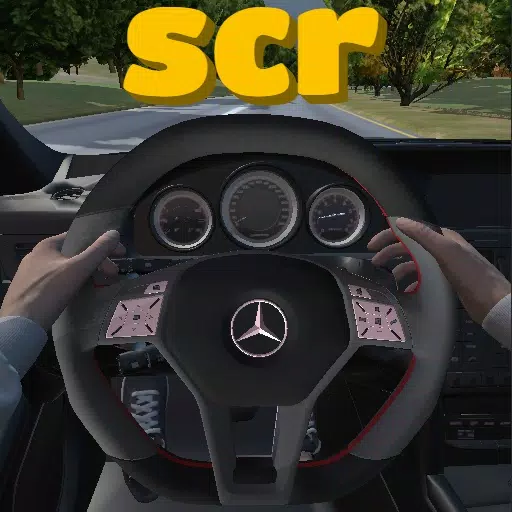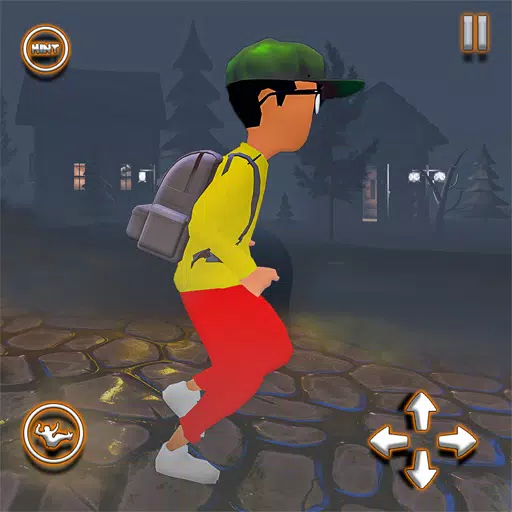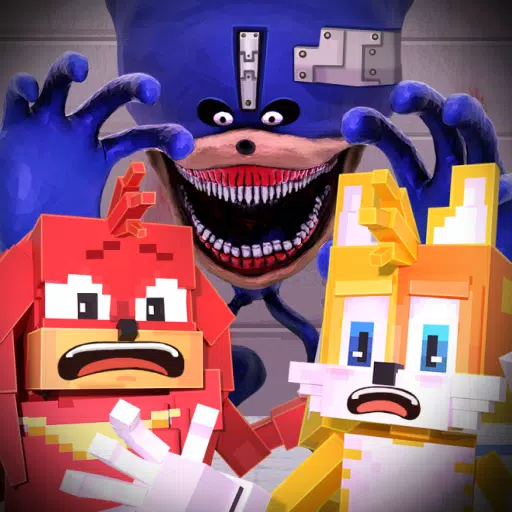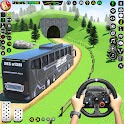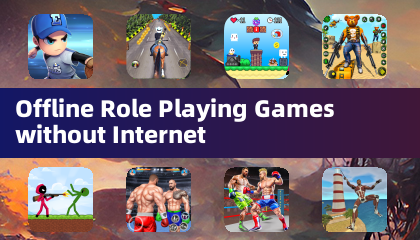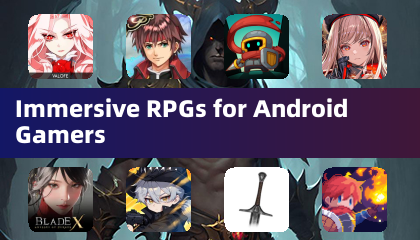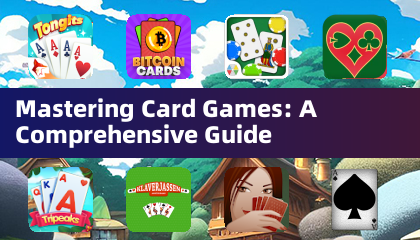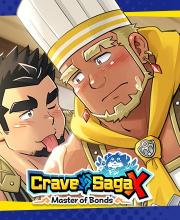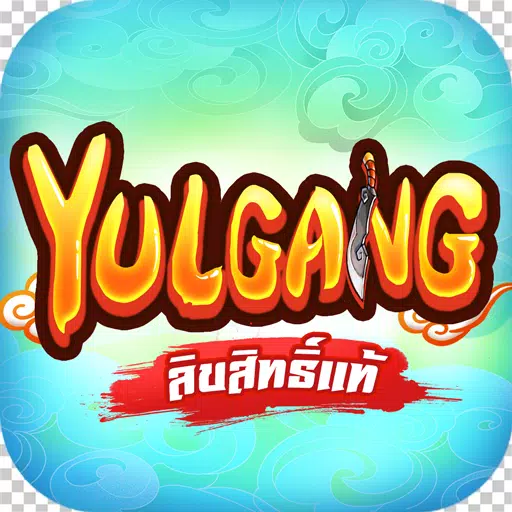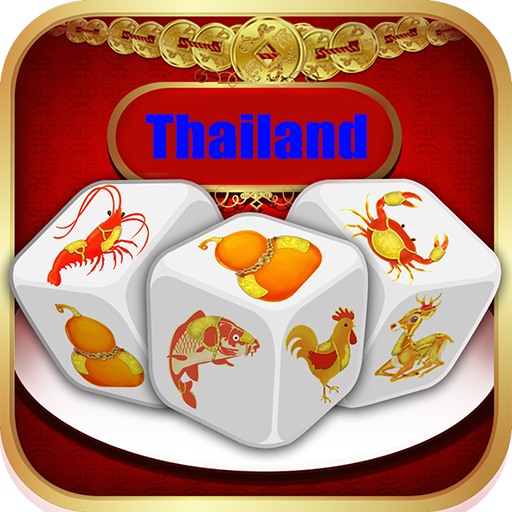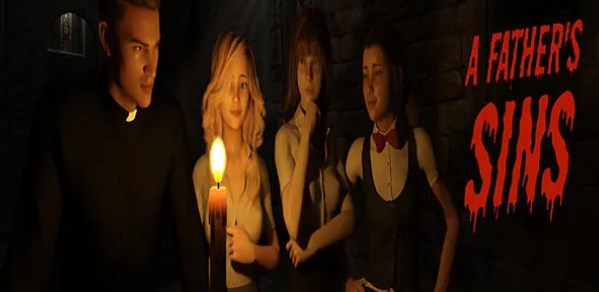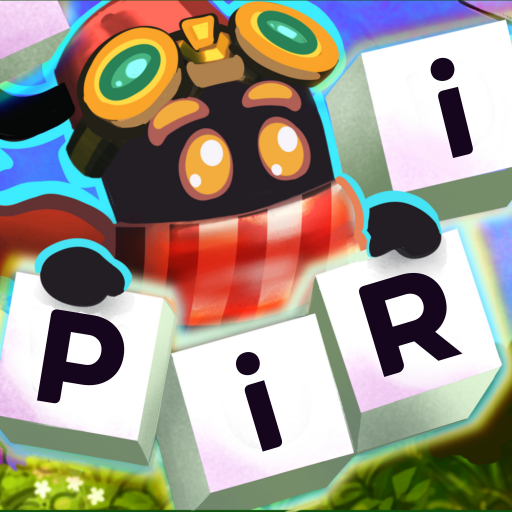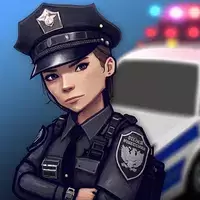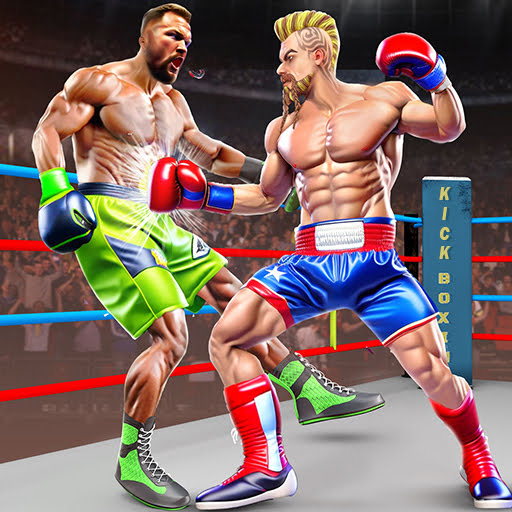In 2015, the French studio Don't Nod set a new standard for interactive dramas with Life is Strange, a captivating adventure that celebrated the beauty of everyday moments, the power of unbreakable friendships, and the relentless march of time. Players were drawn into its world by its meticulous attention to detail and the ability to explore and influence the narrative through their choices. While Don't Nod ventured into different genres with subsequent projects, none managed to recapture the magic that Life is Strange had ignited in fans' hearts.
Now, years later, Don't Nod returns to its roots with Lost Records: Bloom & Rage, a game that not only embraces the essence of interactive cinema but also serves as a tribute to a bygone era and the essence of youthful exuberance. With its evocative atmosphere, richly drawn characters, and the unpredictability of player choices, Lost Records enthralls its audience.
Table of Content ---
- Friends Reunite to Uncover Secrets from the Past After 27 Years
- Choices Still Impact Surroundings, Dialogues, and Relationships
- Bloom & Rage Creates Beautifully Imperfect Characters
- A Town Worth Dreaming About
- Slow-Paced Plot: The Defining Feature of the Story
Friends Reunite to Uncover Secrets from the Past After 27 Years
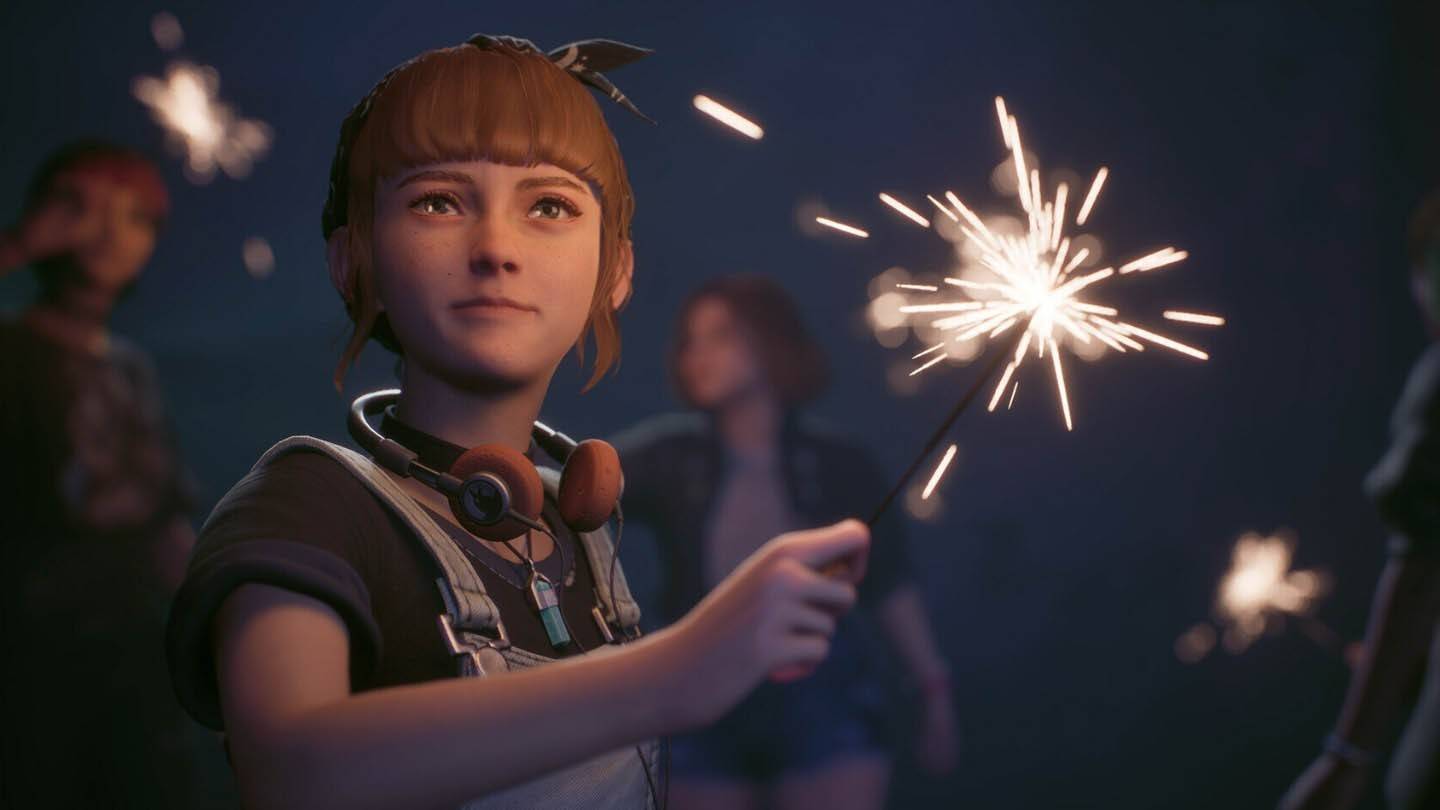 Image: ensigame.com
Image: ensigame.com
At the core of Lost Records is the story of four women whose friendship was shattered 27 years ago. The protagonist, Swan Holloway, returns to her hometown of Velvet Bay for a reunion and discovers a mysterious package from the past that has been sent to them. This package leads them to a forest, an abandoned house, and secrets that were perhaps better left undisturbed. As forgotten memories resurface, players are drawn into a summer night's dream relived, embodying the essence of Bloom & Rage.
The narrative unfolds across two timelines: 1995, a time of youthful innocence and brighter days, and 2022, where the heroines, now in their forties, meet awkwardly in a bar, skirting around the painful incident that drove them apart. The game cleverly shifts to first-person perspective to underscore the contrast between past and present.
However, the bulk of the gameplay occurs in the past, where players explore beautifully crafted locations, nurture relationships, and capture moments with a vintage HVS camera.
Video recording is a central mechanic in Lost Records. Much like Max in Life is Strange, Swan is passionate about filming everything from graffiti and wildlife to people and even hints of the paranormal.
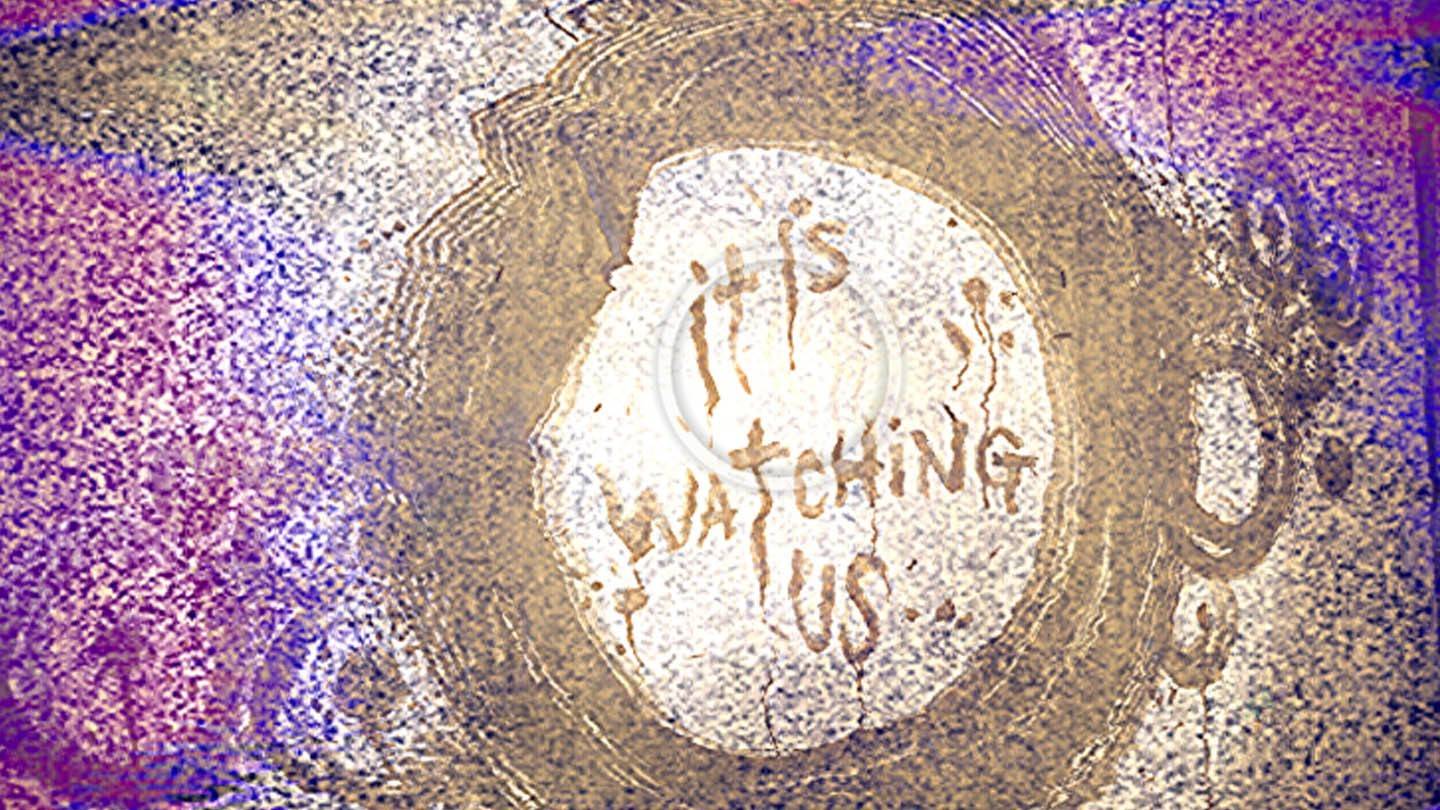 Image: ensigame.com
Image: ensigame.com
In a dedicated menu, players can edit their collected footage into short films, categorized by themes, with Swan providing commentary on the outcomes. Some of these documentaries weave into the storyline, though they don't alter the plot directly.
Meanwhile, the choices players make significantly influence the story, with both immediate and long-term effects. Due to the game's episodic structure, the long-term impacts may be less pronounced initially, but they add depth to the narrative.
Choices Still Impact Surroundings, Dialogues, and Relationships
Lost Records excels in its interactivity and attention to detail, hallmarks of Don't Nod's work.
For example, when Swan expresses a craving for ice cream from a nearby truck, players can choose to satisfy her desire or focus on other tasks. Delaying too long might result in the truck closing, which in turn alters subsequent conversations and interactions.
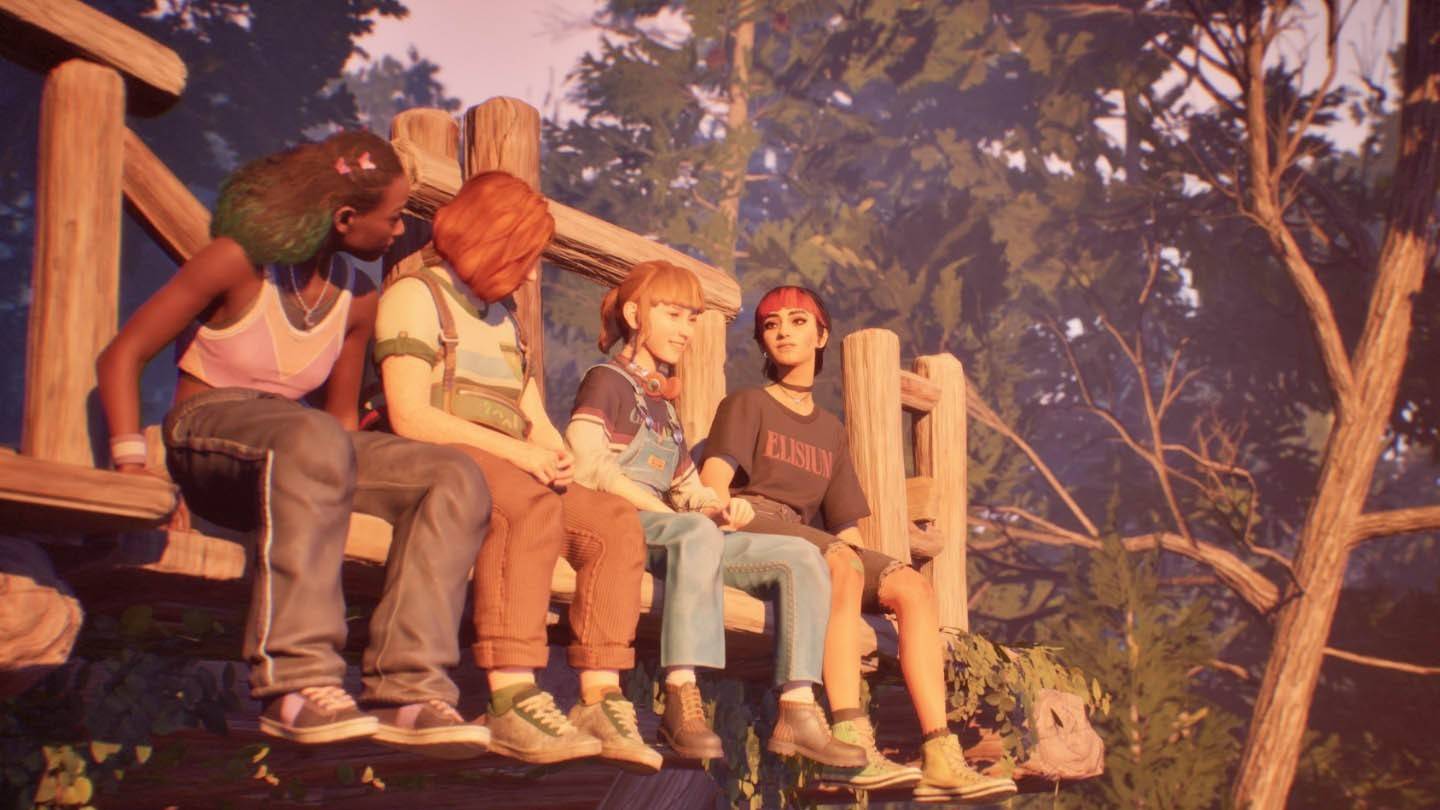 Image: ensigame.com
Image: ensigame.com
The game's world is dynamic, enhancing its charm. Dialogues unfold in real-time, reminiscent of Oxenfree and Telltale games, with characters interrupting each other, changing topics, and even offering silence as a response. Sometimes, choosing to say nothing can be more impactful than impulsively revealing secrets.
The freedom to build relationships is another layer of choice. It's not necessary to seek everyone's approval. If a character doesn't resonate with you, you can simply choose to ignore them. Swan's shyness is a trait players can help her overcome, allowing her to open up.
Bloom & Rage Creates Beautifully Imperfect Characters
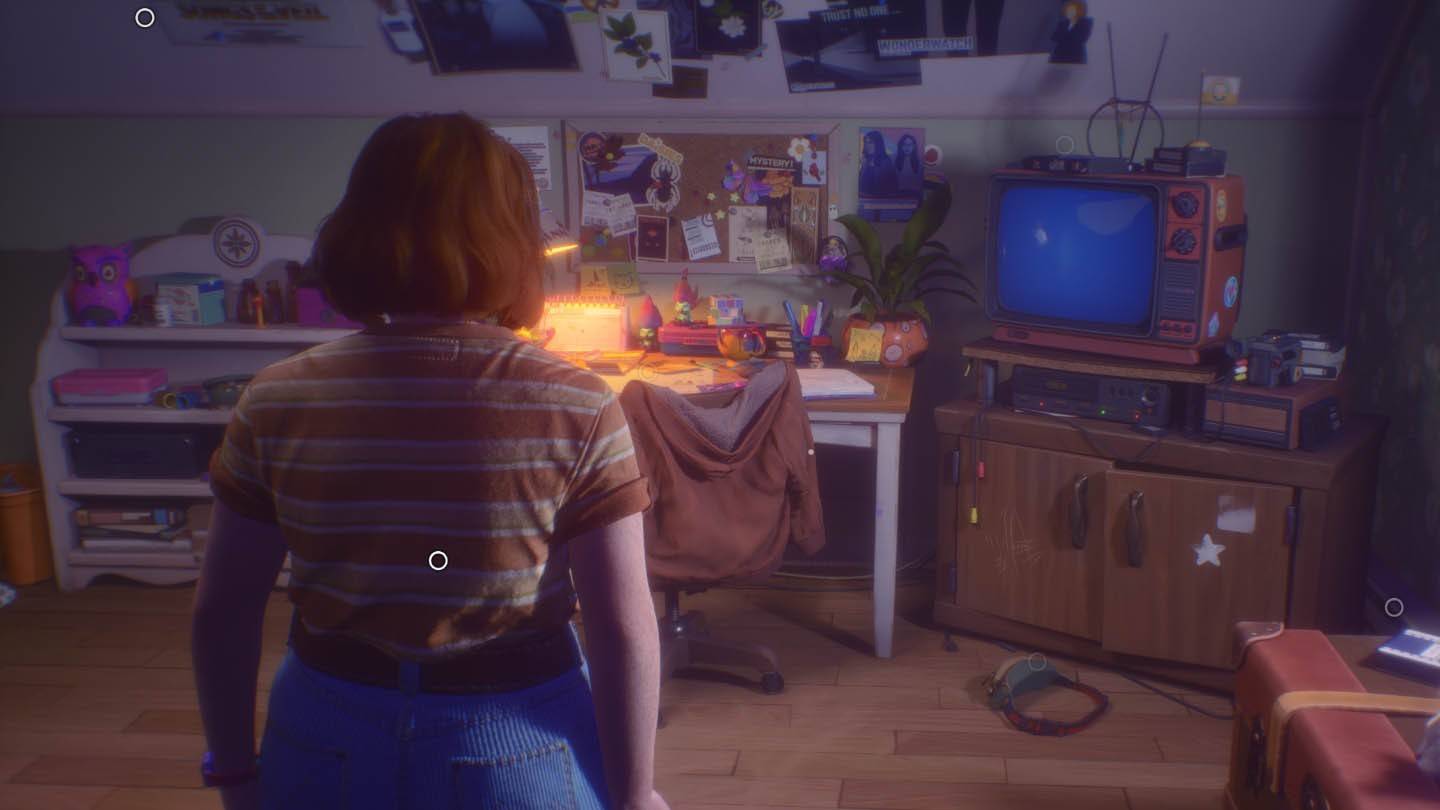 Image: ensigame.com
Image: ensigame.com
Don't Nod has a knack for crafting characters that feel authentic. They are loud, sometimes clumsy in their youthful idealism, yet deeply sincere.
I once criticized the main characters of Life is Strange: Double Exposure for lacking depth, wondering if interactive films no longer resonated with me. It turns out, the issue was elsewhere. Deck Nine doesn't capture personalities as effectively as Don't Nod.
Swan is endearing—an ordinary 16-year-old who struggles with self-esteem, worries about her words, and uses her video camera as a shield. While she might seem reminiscent of Max Caulfield from Life is Strange, Swan is far from a mere echo; she's a unique character with her own journey.
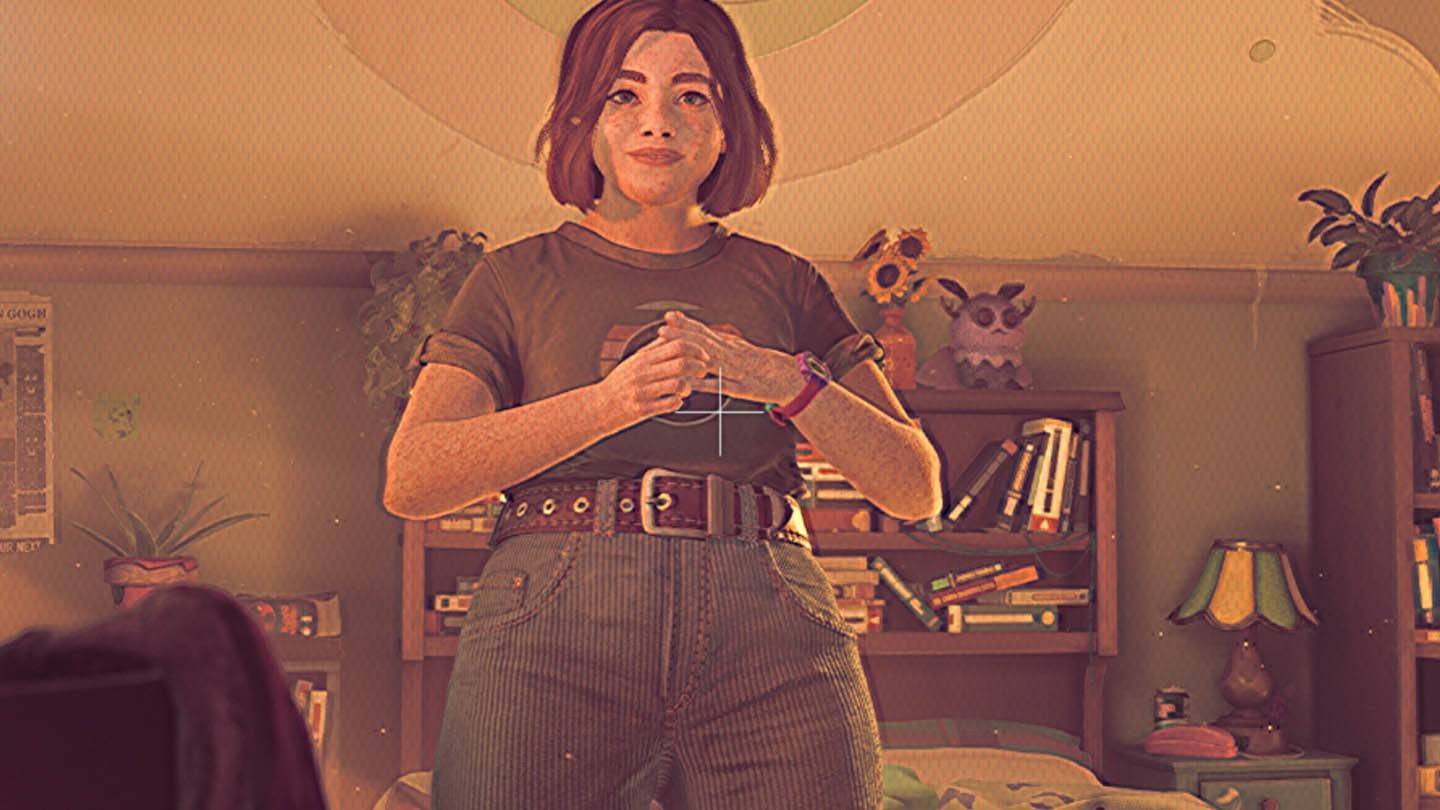 Image: ensigame.com
Image: ensigame.com
Her friends—Ottem, Kate, and Nora—embody familiar archetypes but transcend them. Nora, the punk girl with colorful bangs and big dreams, surprises with her cautious nature, while Kate, the passionate writer, encourages Swan to seize the moment and act boldly. Ottem values thoughtfulness and seriousness.
In their company, players will feel like teenagers again, believing they know everything about life, regardless of their actual age. Lost Records is a journey not just into youth but into the heart of the '90s.
A Town Worth Dreaming About
Nostalgia is woven into every fiber of Lost Records. This is most evident in Swan's room, a treasure trove of '90s memorabilia: bulky TVs with tapes, floppy disks, Tamagotchis, Rubik's cubes, and troll dolls. Each item invites players to explore and reminisce, evoking both admiration and a touch of melancholy for those golden years.
The game is peppered with Easter eggs nodding to pop culture, from Sabrina and The X-Files to Tank Girl and The Goonies. There are nods to video games like Oxenfree, Night in the Woods, Control, and, of course, Life is Strange, as well as references to books and music such as House of Leaves, Nine Inch Nails, and Nirvana.
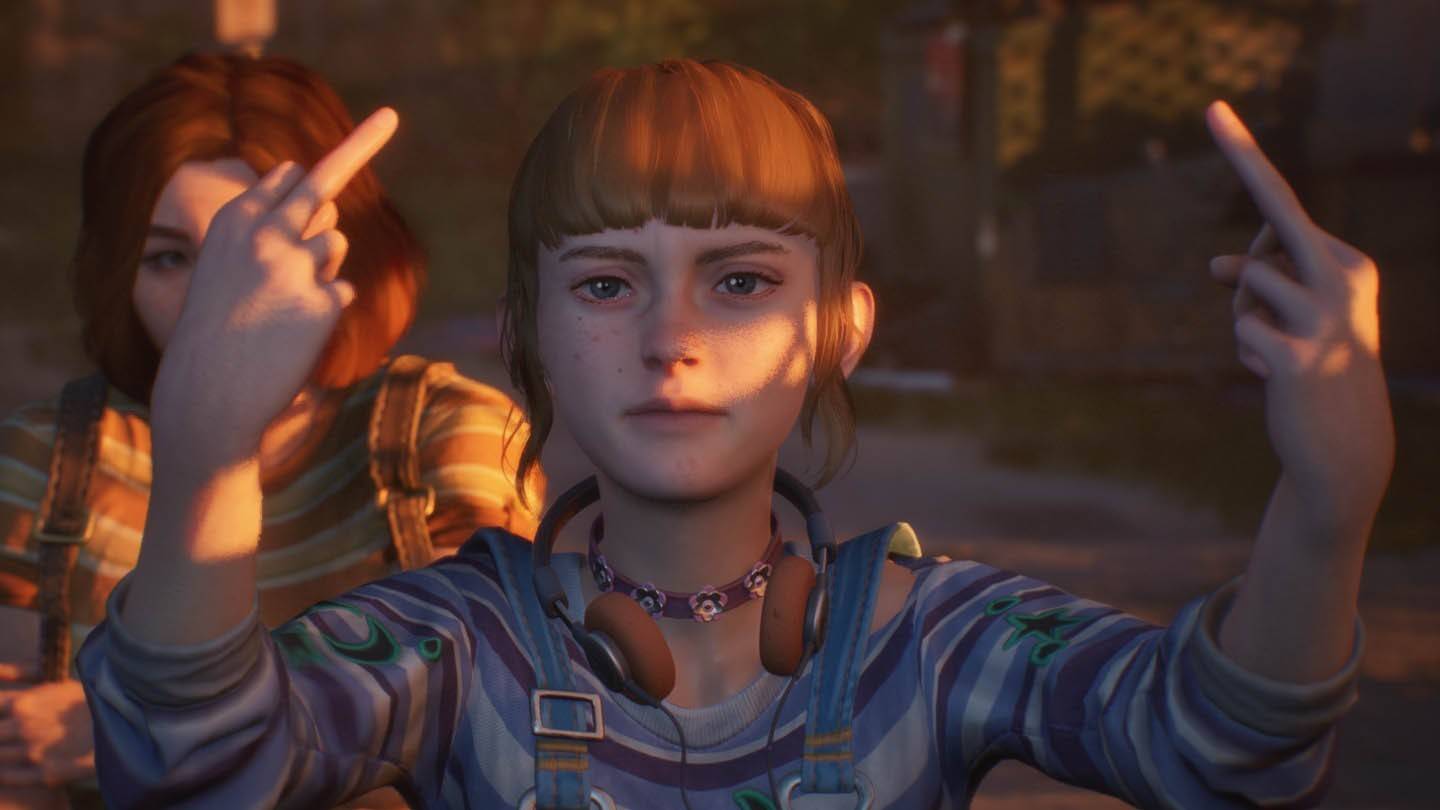 Image: ensigame.com
Image: ensigame.com
The plot itself echoes Stephen King's It with its 27-year gap since the characters last met.
The soundtrack stands out, with dream-pop and indie-rock tunes that soothe the ears. See You in Hell is a standout track that deserves chart success. Initially, I thought the music didn't resonate, but The Wild Unknown has been stuck in my head for days.
Velvet Bay, thanks to the meticulous crafting of all these elements, emerges as the quintessential sleepy American town—cozy by day, chilling by night. The more players explore, the deeper they fall into the intrigue and confusion of Bloom & Rage.
Slow-Paced Plot: The Defining Feature of the Story
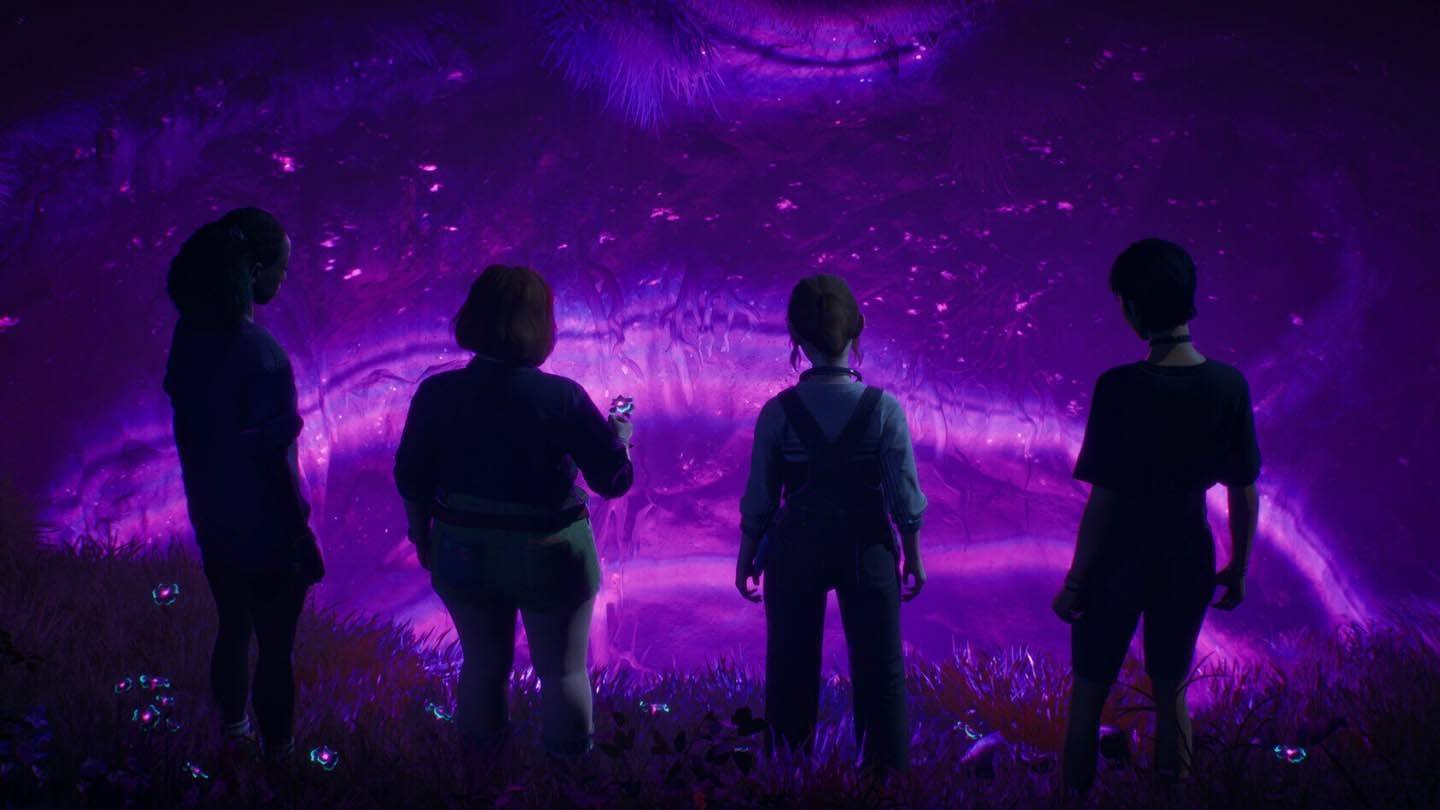 Image: ensigame.com
Image: ensigame.com
The slow build-up of the plot might make you forget you're playing a mystery game. Unlike Life is Strange, where the transition from teenage life to detective work is relatively swift, Lost Records takes a more leisurely pace. It encourages players to immerse themselves in character development and the '90s atmosphere before shifting gears into mystery territory.
This approach might not suit everyone, but it adds to the game's charm. The tension escalates in the second half of the first episode—or "reel"—leading to a gripping cliffhanger that promises more excitement in the next installment. This leaves players eager to speculate and theorize, exactly what the developers intended.
Lost Records: Bloom & Rage transports players back to the '90s, even if they never experienced them. It's a film that understands its audience and doesn't pretend to be anything else. With its relatable characters, engaging interactions, and the potential for a compelling story, it has all the ingredients for success in its genre. The true measure of its impact will be revealed with the release of the second part on April 15th. I eagerly await the conclusion, hoping Don't Nod will once again weave their magic.

